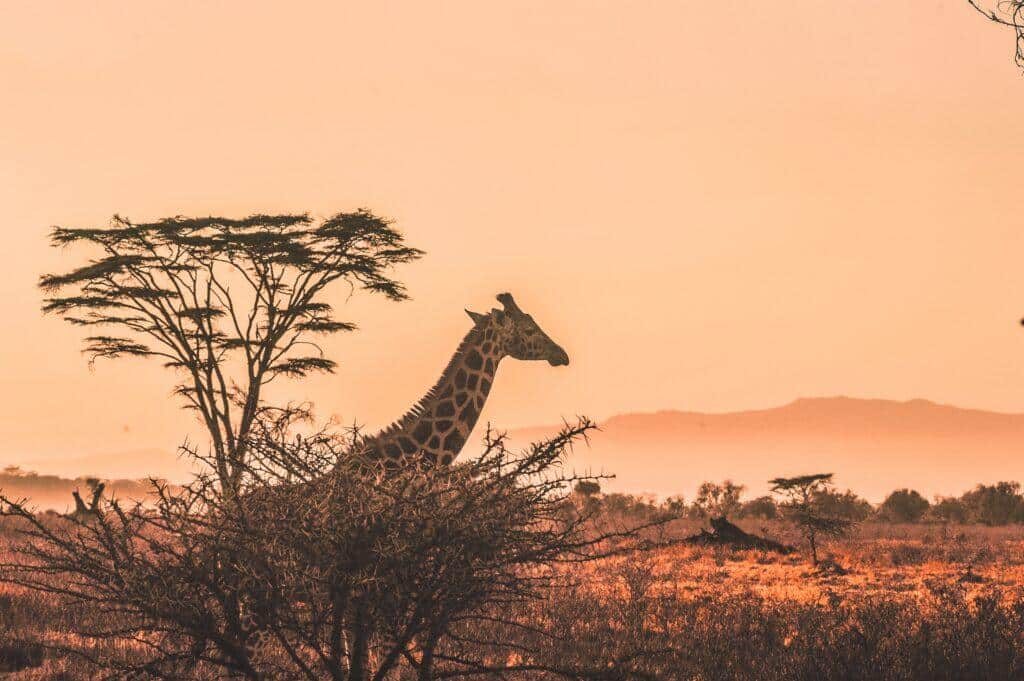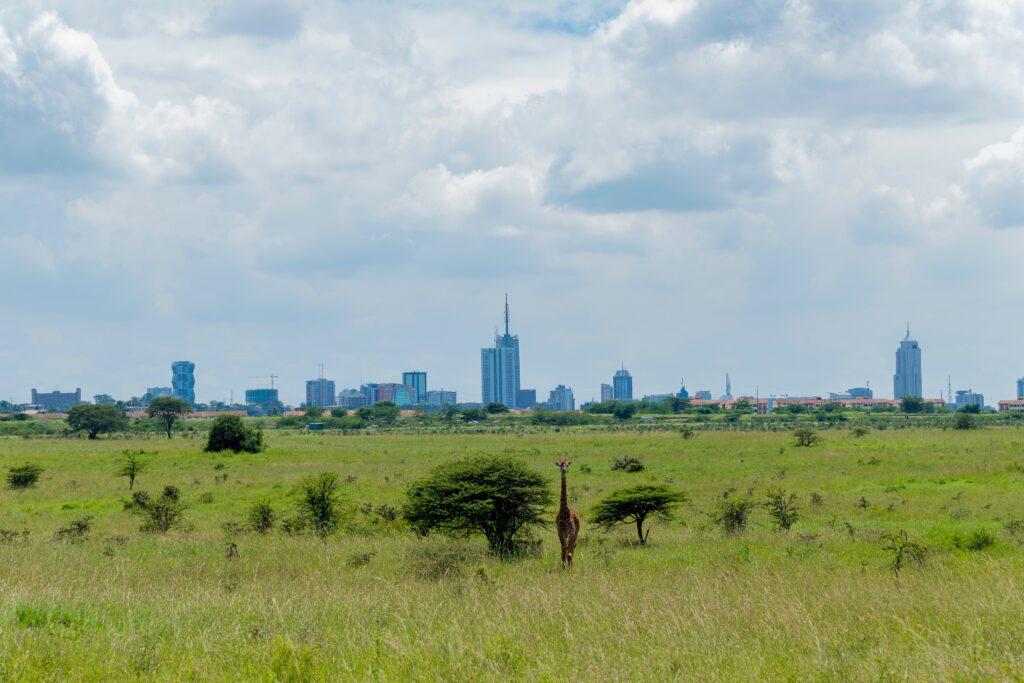Nairobi, located in the heartland of Kenya, is a distinctive metropolitan hub surrounded by the beauty of the natural world. The city is crucial to ongoing efforts to safeguard and conserve the vast biodiversity that exists within its borders due to its closeness to various national parks and animal reserves. This essay examines the value of wildlife preservation in Nairobi and looks at the necessary measures to reduce conflicts between people and wildlife while preserving the environment.
The geographic advantage Nairobi enjoys, being close to renowned national parks like Nairobi National Park and wildlife-rich areas like the Maasai Mara, presents a special opportunity and challenge. Rapid urbanization frequently brings wildlife and people into close contact, resulting in resource conflicts and encroachment on natural ecosystems. The delicate task of balancing urban development with the requirement to safeguard wildlife calls for creative solutions.
Conflicts between people and wildlife can have terrible repercussions for both species. Crop raiding, property destruction, and assaults on people by animals like lions and elephants serve as a sharp reminder of how closely urban development and wildlife habitats must cohabit. Nairobi must work to find solutions that lessen these tensions while maintaining the quality of its natural environment.
Creating wildlife corridors and protected habitats within urban environments is a crucial technique in animal conservation. Because of these green areas, there are fewer chances that wildlife may come into contact with people. A healthy balance between the two is achieved by implementing stringent land-use planning that specifies areas for both development and conservation.
The promotion of coexistence needs the help of education and community involvement. Nairobi can start awareness-raising efforts to inform locals about wildlife behavior, the value of protecting biodiversity, and the best ways to reduce confrontations. A culture of respect for wildlife is fostered by creating a sense of shared accountability for the wellbeing of both humans and animals.

The protection of wildlife is also influenced by technological improvements. Conflicts can be avoided and inhabitants should take precautions by installing sensor-based alert systems that inform communities to incoming wildlife. Similar to this, GPS tagging and remote monitoring offer insightful data on animal movements that support planning for conservation and decision-making.
The key to successful wildlife conservation is cooperation between governmental entities, conservation groups, and local communities. To develop and implement thorough conservation policies, Nairobi’s municipal administration and other pertinent agencies must collaborate with indigenous people and conservation NGOs.
Sustainable tourism supports attempts to save animals. Visitors from all over the world come to Nairobi because of its proximity to popular wildlife attractions. Responsible tourist methods, such as following viewing restrictions and aiding conservation efforts, can increase revenue while causing the least amount of damage to wildlife habitats.
It is essential to have a robust legal system in place to safeguard species and environments. Authorities in Nairobi should strengthen and enforce current laws that forbid poaching, habitat degradation, and the smuggling of wildlife and animal goods. Strict penalties and efficient enforcement techniques serve as deterrents, preventing the exploitation of species.
The dedication of Nairobi to protecting wildlife has wider ramifications for preserving biodiversity worldwide. The city works to preserve healthy ecosystems, safeguard threatened species, and advance sustainable development strategies that benefit both natural and human communities.

Nairobi’s special location close to wildlife reserves and national parks highlights its significance as a player in wildlife conservation. The city can reduce conflicts between people and wildlife and protect its natural legacy for future generations by encouraging cohabitation, putting creative ideas into practice, and placing a high priority on education and community involvement. Nairobi’s adoption of the role of wildlife stewardship not only enhances the city’s urban fabric, but it also helps meet the urgent need to safeguard the planet’s numerous and irreplaceable species.




